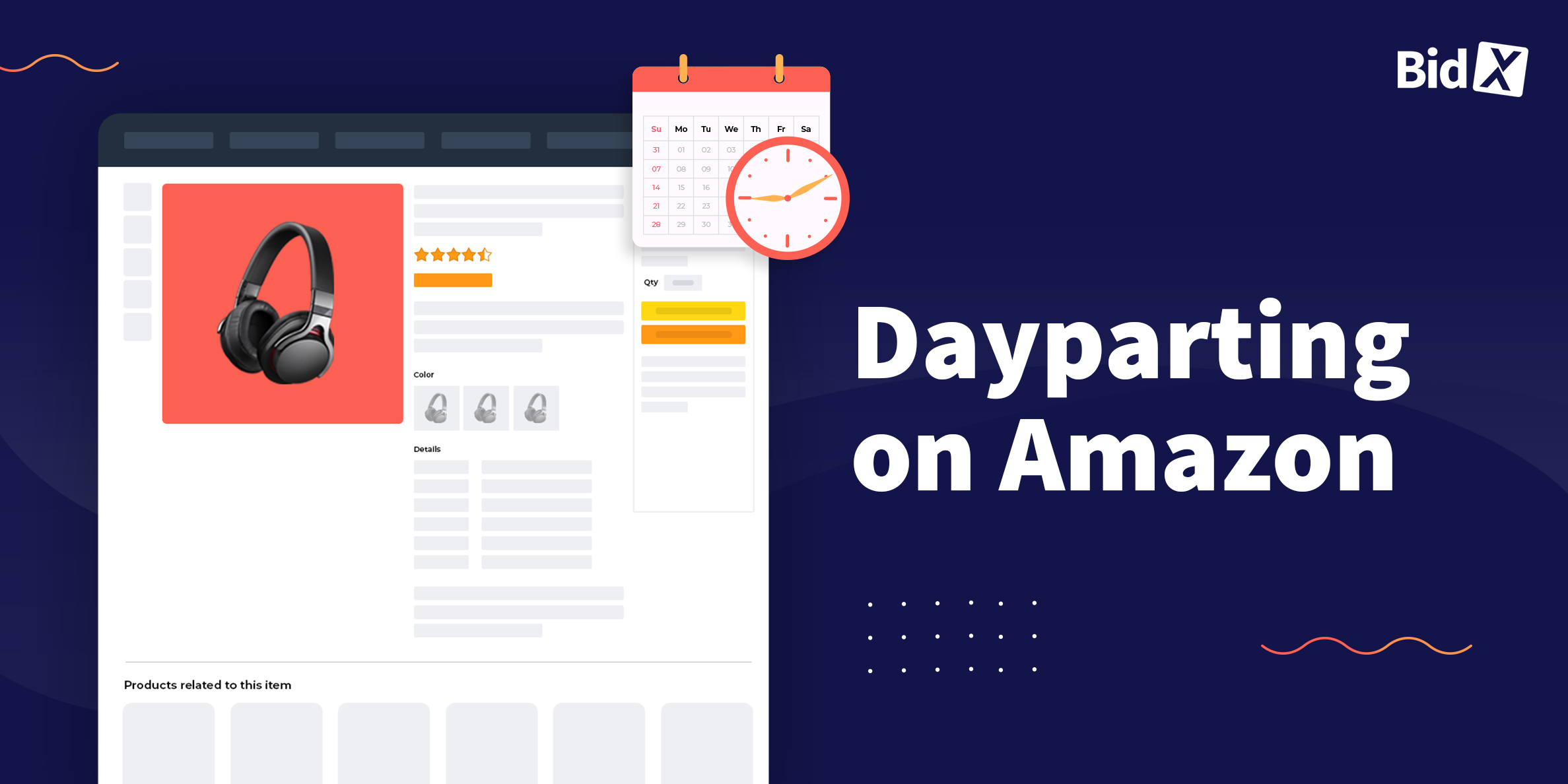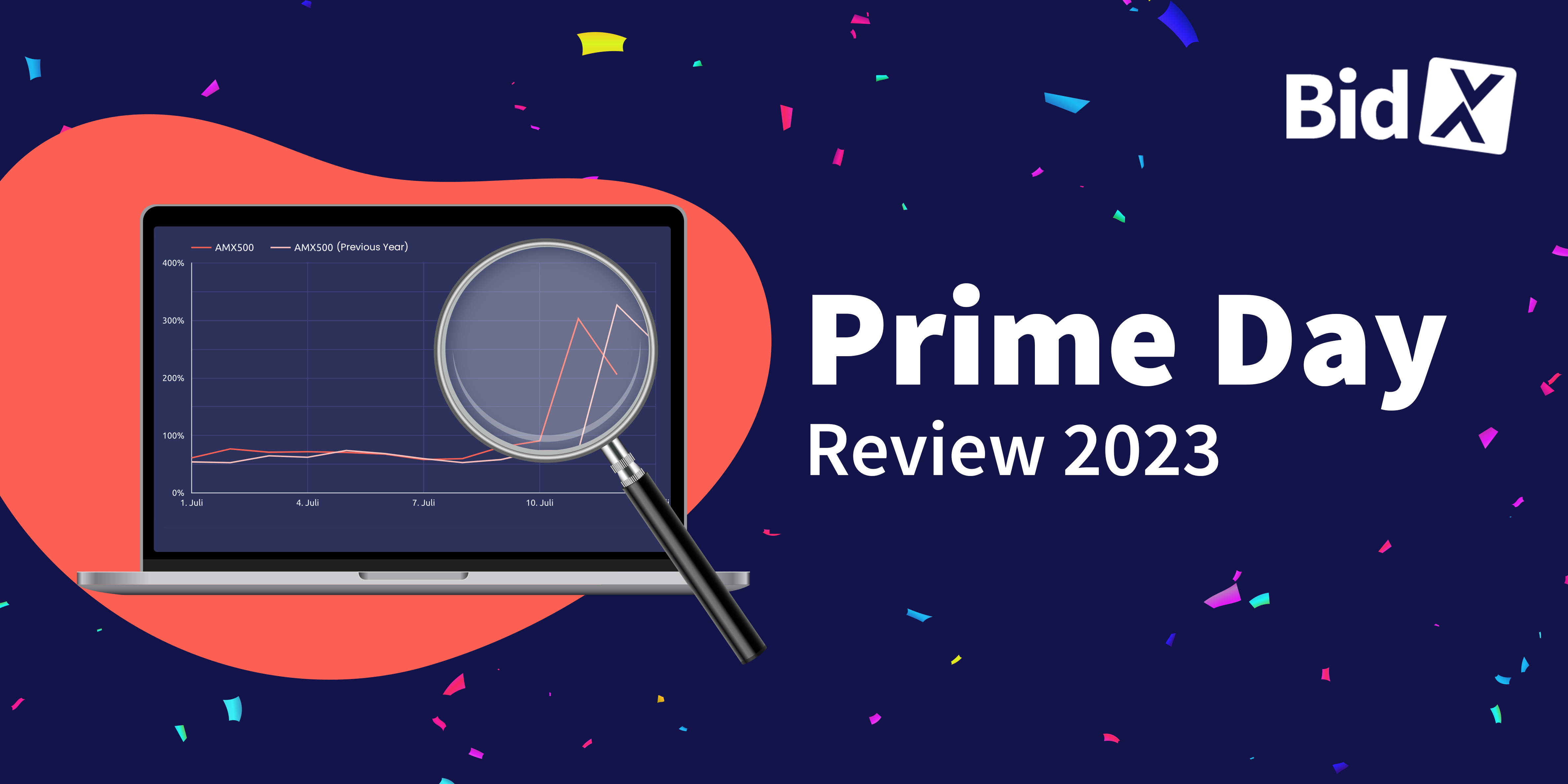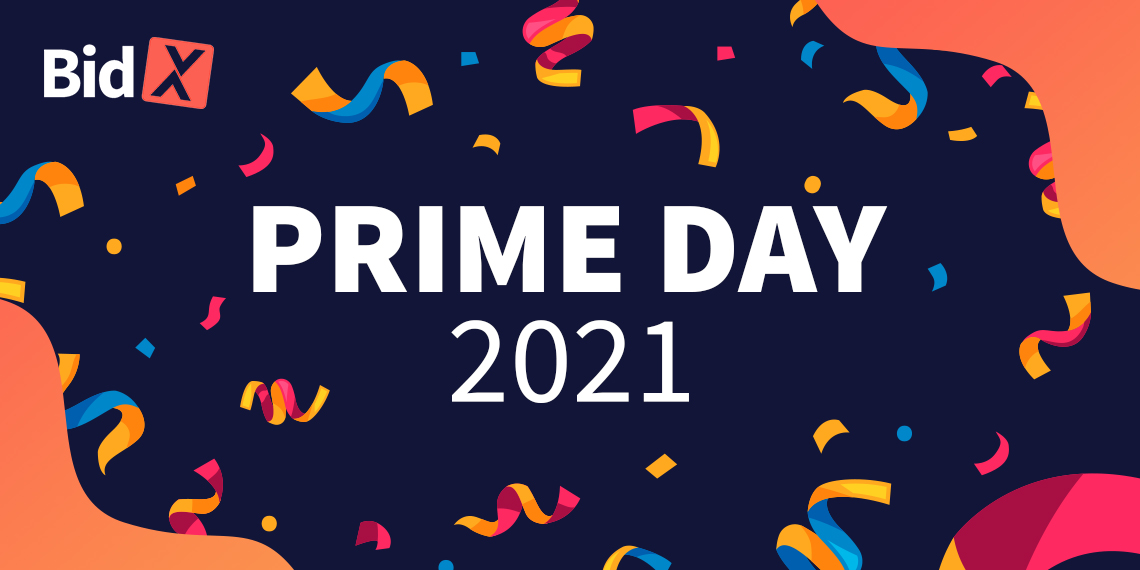Decrease your ACoS by 16% with Dayparting!
1. Background of the Case Study
As more and more people are selling products online, the competition is getting fiercer and fiercer. Especially as an Amazon seller you need to make sure that your products are visible and reach enough people to make your business worthwhile. To stay ahead of the competition, improving the profitability of your ads and used advertising spend will be the key.
Our scheduling case study shows how you can improve your profitability through timed advertisements also known as dayparting. This means decreasing and increasing the bids and budgets for days and times when customers are less or more active in online shopping to prevent advertising costs that will not convert and provide sufficient budget for times where they will convert. The case study focuses on Sponsored Product Ads, which are listed on the search result page of Amazon as well as on product detail pages.
All important findings of the Case Study can be found in our free Factsheet!
2. Online Shopping Behaviour
The company workarea did a research on online shopping behaviour through the week to find out which times are the best for e-commerce in terms of revenue and sessions. While Sundays and Mondays get the most sessions, Friday is the worst day for e-commerce. The reason might be that people rather go for social activities on Fridays and therefore shop less, but on Sundays they are more likely to stay at home and have free time to do online shopping.
You can see the same effect on Amazon, when you analyze the Amazon advertising data. On average, the revenue of an Amazon seller is the highest on Sundays and Mondays and the lowest on Fridays.
On Mondays, the average revenue is 6% above the general average daily revenue. On Sundays, we even hit 13% above the average, whereas Fridays the lowest value of 15% below the average takes place.

3. Fundamentals of the Case Study
To receive fundamental data for evaluation we use the Amazon Marketplace Web Services API (MWS) as well as the Amazon Ads API data.
Important: Amazon does not provide real time data yet, which means that today you can only get data on a daily granularity. The data that you get for yesterday is still not accurate since Amazon has different attribution windows. This means that Amazon needs time to attribute a specific ad click to a product sale. In this case study we proceed with a 7 day attribution window.
The Case Study was conducted by Nadine Schöpper, one of the Co-founders of BidX, who has years of experience in Amazon Advertising.
3.1 Defining the right product test set
To find out how timed ads influence the profits, two test products of one brand were defined. In this case study we focused on campaigns which already exist. We chose a test set of 7702 keywords that are dedicated to the product test set and active. Every Friday, the bids and budgets of the test set were decreased by 50% by using our new Scheduling feature. Every Sunday and Monday, the bids and budgets of the test set were increased by 50% by the system. At the end of these days, the bids and budgets were changed back to their initial bids and budgets. We have followed this procedure for a month. The results of this month were compared with the month before the case study started and to a validation product set, where we did not change anything, so that we can rely on the test product’s results. Through the test period, there were no other changes done to the bids and budgets to not manipulate the results.

3.2 Evaluation Methods
For evaluating the results, we are comparing the keyword key performance indicators of the test products for the month before the case study started with the month of the case study. To also have a better understanding whether the scheduling had an impact on the results, we are also having a look at the behavior of the keywords that belong to the validation products. We are looking at the ACoS, the Total ACoS, the conversion rate as well as the return rate for both product sets and time ranges.
4. Results of the Case Study
4.1 Results regarding the ACoS
The overall ACoS could be lowered through the scheduling of the Ads. The case study thus showed a positive impact on the efficiency of the ads and therefore also on the profits.
The ACoS in general decreased from 39.5% to 33.1% by 16% when comparing the month before starting the case study to the month of the case study. The ACoS for the days where the bids and budgets were changed, decreased from 43% the month before to 35% during the test month which equals 19%.
When having a deeper look into the specific days on which we changed the bids and budgets – Mondays, Sundays and Fridays – the results look like this: For Mondays, the ACoS changed from 56.2% in the month before scheduling the bids and budgets to 53.7% during the scheduling period. For Fridays, the ACoS changed from 67% to 41.9% and for Sundays, the ACoS increased from 29.8% to 49.2%.

The ACoS of the validation test set, which included the keywords belonging to two comparable products, increased from 36.6% to 41.2% by 13%. When only looking at the days on which we changed the bids and budgets for the test set, the ACoS increased by 11% from 37.9% to 42%. For Mondays, the ACoS increased by 15%, for Fridays by 1% and for Sundays by 25%.
4.2 Results regarding the Conversion Rate
The results can be underlined by the conversion rate. When comparing the month before the case study and the month during the case study, the conversion rate increased by 50% from 13.2% to 19.8% for the test products.

Compared to that, the conversion rate of the validation products only increased by 30%.
4.3 Results regarding the Total ACoS
The overall Total ACoS of the test set decreased from 13.0% to 11.9%. When only having a look at the days where the bids and budgets were not changed, (all days excluding Mondays, Fridays and Sundays), the Total ACoS increased from 12.7% to 13.3%.
4.4 Results regarding the Return Rate
The return rate of the test products decreased from 3.1% the month before the case study to 2.2% during the case study.
Having a deeper look into the specific days, the return rates are decreasing for each day. For Mondays, it slightly decreased from 2.0% to 1.9%. For Fridays, the return rate decreased from 2.7% to 2% and for Sundays from 2.8% to 1.6%.

For the validation test set, the return rate stayed the same with 2%.
5. Conclusion
The case study showed that timing the ads has an influence on the ACoS, the Total ACoS and therefore also on the profitability. Since the ACoS decreased by 16% in general during the time of the test period, it shows that there is a positive effect on the profit when scheduling the ads at the right time. Especially decreasing the ads for low-traffic times, in our case for Fridays, has a positive impact, even with a stable or increasing revenue. The positive effect is underlined by the trend that the conversion rate shows for our test set. The increased conversion rate implies that the shown ads are more relevant to the shopper’s needs and therefore lead to more conversions. In comparison to our test product’s result, the ACoS of the validation products even increased not only overall but also for each of the scheduling days, which underlines the positive effect of timed ads.
With targeted scheduled ads, it is possible to increase the profitability for low-traffic times and to increase the reach and the visibility during peak times, which gives them a huge competitive advantage. Sellers and brands should identify the peak shopping times and the low-traffic times for their products to improve their ads, brand visibility and therefore also their long-term sales.
Find all important results of Case Study at a glance:
Scheduled Ads with BidX
In the BidX tool you can easily plan and schedule your campaigns based on the day of the week, time of day. In addition, it is possible to schedule your ads based on specific seasons. You can either pause (off season) and reactivate your campaigns (during the season), or you can set a boost for specific campaigns.
For example, if you are selling a product that is ideal as a gift, it can make sense to set a boost for the period before christmas. You can set this boost annual, so you will never forget to push your products in this time period.

If you would like to learn more about the scheduling function in the BidX tool you can Book a Demo or contact us via hello@bidx.io.

%20Kopie.png)



